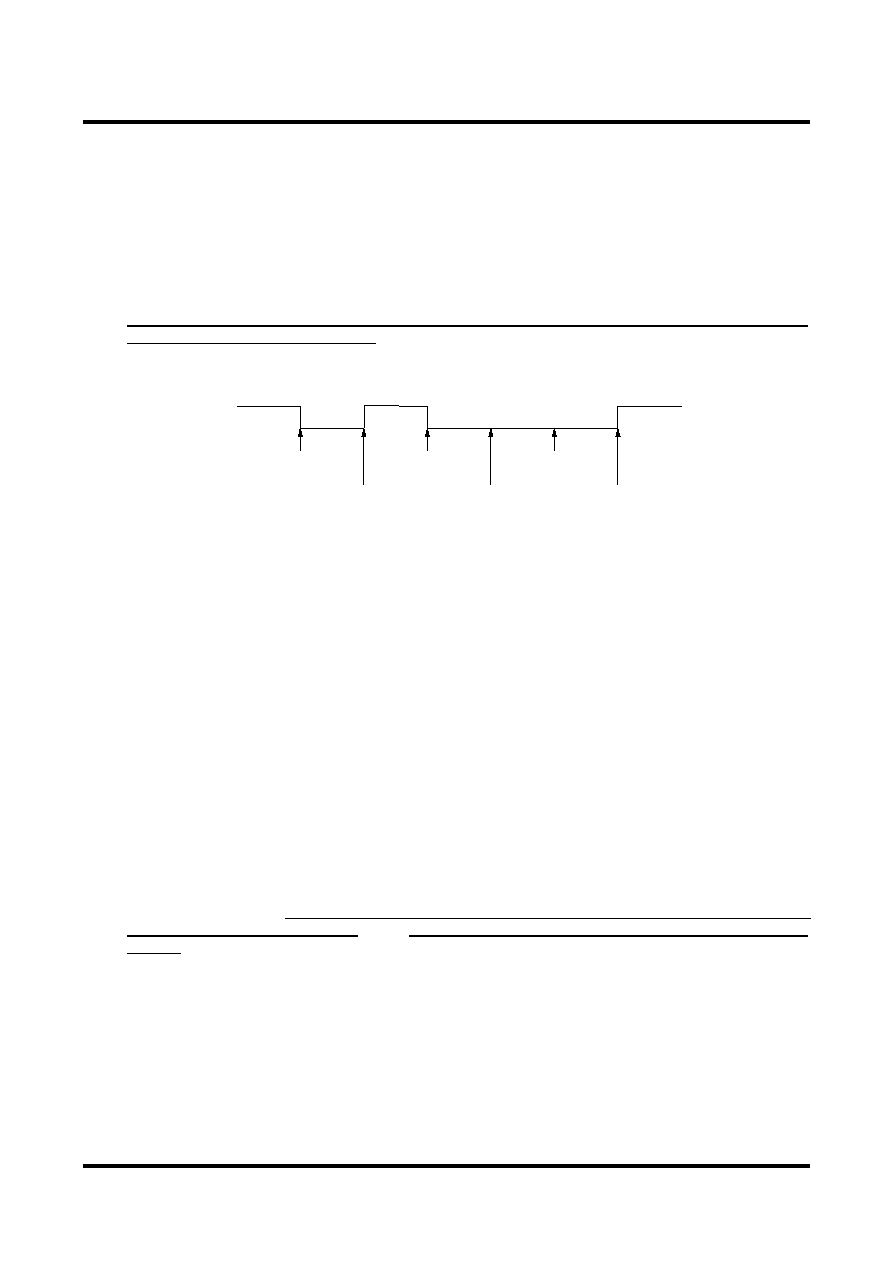- 您現(xiàn)在的位置:買(mǎi)賣(mài)IC網(wǎng) > PDF目錄45391 > MSM6636BGS-AK (LAPIS SEMICONDUCTOR CO LTD) 1 CHANNEL(S), 41.6K bps, LOCAL AREA NETWORK CONTROLLER, PDSO30 PDF資料下載
參數(shù)資料
| 型號(hào): | MSM6636BGS-AK |
| 廠商: | LAPIS SEMICONDUCTOR CO LTD |
| 元件分類(lèi): | 微控制器/微處理器 |
| 英文描述: | 1 CHANNEL(S), 41.6K bps, LOCAL AREA NETWORK CONTROLLER, PDSO30 |
| 封裝: | 5.60 MM, 0.65 MM PITCH, PLASTIC, SSOP-30 |
| 文件頁(yè)數(shù): | 37/73頁(yè) |
| 文件大小: | 646K |
| 代理商: | MSM6636BGS-AK |
第1頁(yè)第2頁(yè)第3頁(yè)第4頁(yè)第5頁(yè)第6頁(yè)第7頁(yè)第8頁(yè)第9頁(yè)第10頁(yè)第11頁(yè)第12頁(yè)第13頁(yè)第14頁(yè)第15頁(yè)第16頁(yè)第17頁(yè)第18頁(yè)第19頁(yè)第20頁(yè)第21頁(yè)第22頁(yè)第23頁(yè)第24頁(yè)第25頁(yè)第26頁(yè)第27頁(yè)第28頁(yè)第29頁(yè)第30頁(yè)第31頁(yè)第32頁(yè)第33頁(yè)第34頁(yè)第35頁(yè)第36頁(yè)當(dāng)前第37頁(yè)第38頁(yè)第39頁(yè)第40頁(yè)第41頁(yè)第42頁(yè)第43頁(yè)第44頁(yè)第45頁(yè)第46頁(yè)第47頁(yè)第48頁(yè)第49頁(yè)第50頁(yè)第51頁(yè)第52頁(yè)第53頁(yè)第54頁(yè)第55頁(yè)第56頁(yè)第57頁(yè)第58頁(yè)第59頁(yè)第60頁(yè)第61頁(yè)第62頁(yè)第63頁(yè)第64頁(yè)第65頁(yè)第66頁(yè)第67頁(yè)第68頁(yè)第69頁(yè)第70頁(yè)第71頁(yè)第72頁(yè)第73頁(yè)

MSM6636/6636B User’s Manual
Function Details
5 – 3
5.4 CPU Interrupt Function
When transmit/receive is completed, or when various errors occur, an interrupt can be requested to the host CPU
by
INT output (low active). Also interrupt enable/disable can be set for each interrupt cause.
The host CPU can clear an interrupt request (
INT output = “H”) by writing “0” to the corresponding bit of an
interrupt request flag in an interrupt process routine.
However, the flag is not set by writing “1” in the interrupt request flag, but the previous state is held. Therefore,
other interrupts can be received during clearing operation by writing “0” to only the corresponding bits of the
causes to be cleared and “1” to other bits.
An interrupt request is cleared when all bits set to interrupt enable status are cleared. (See below.)
INT
Interrupt cause
A generated
Interrupt cause
A cleared
Interrupt cause
A generated
Interrupt cause
B generated
Interrupt cause
A cleared
Interrupt cause
B cleared
5.5 Receive Message Length Error Detection Function
When a message length exceeds 12 bytes, only the transmission and reception nodes of the message set an interrupt
request flag LEN. And then a reception message or reception response is not stored in reception register. The
message transmission or response transmission continues even if this flag is set.
5.6 Local-Station Bus Driver Abnormal Detection Function
If a passive status is received although a dominant status was output on LAN bus, an interrupt request flag D-P is
set and this function notifies that the local-station bus driver is abnormal. In addition, the message transmission or
response transmission is discontinued at once.
5.7 Communication Check Function between Specific Nodes
This function checks whether communication between specific nodes was normal or not by sending the response
type (K, Y, Z1, Z0) = (0, 1, 0, 0) (physical address & IFR type 1) messages.
The specific node that normally received the message of the abovementioned response type sends back the
physical address (ID) of the local-station as an in-frame response. The node that sent the message does not store
this returned response in a reception register, and an interrupt request flag TR is set only when the value of a sent
remote reception address was coincident with that of a received response. At this time, an interrupt request flag
RSP is not set. Therefore, whether the communication is normal or not can be judged by checking only the TR flag,
which helps reduce the software load. Also, the setting of a read completion command (address 21H ) is not
required, because the response received at this time is not stored in the reception register.
相關(guān)PDF資料 |
PDF描述 |
|---|---|
| MSM6636GS-VK | 1 CHANNEL(S), 41.6K bps, LOCAL AREA NETWORK CONTROLLER, PDSO24 |
| MSM6636GS-VK | 1 CHANNEL(S), 41.6K bps, LOCAL AREA NETWORK CONTROLLER, PDSO24 |
| MSM66509-XXXGS-BK | 16-BIT, MROM, 32 MHz, MICROCONTROLLER, PQFP128 |
| MSM6665-XX | 17 X 80 DOTS DOT MAT LCD DRVR AND DSPL CTLR, UUC117 |
| MSM6665C-02 | 16 X 80 DOTS DOT MAT LCD DRVR AND DSPL CTLR, UUC117 |
相關(guān)代理商/技術(shù)參數(shù) |
參數(shù)描述 |
|---|---|
| MSM6641 | 制造商:OKI 制造商全稱(chēng):OKI electronic componets 功能描述:Built-in Remote Control Transmission Circuit 4-Bit Microcontroller |
| MSM6641E-XX | 制造商:OKI 制造商全稱(chēng):OKI electronic componets 功能描述:Built-in Remote Control Transmission Circuit 4-Bit Microcontroller |
| MSM6648 | 制造商:OKI 制造商全稱(chēng):OKI electronic componets 功能描述:100-DOT COMMON DRIVER |
| MSM6650 | 制造商:OKI 制造商全稱(chēng):OKI electronic componets 功能描述:SI/SD Voice Recognizer, Recorder/Player, and Speech Synthesizer |
| MSM66507 | 制造商:OKI 制造商全稱(chēng):OKI electronic componets 功能描述:OLMS-66K Series 16-Bit Microcontroller |
發(fā)布緊急采購(gòu),3分鐘左右您將得到回復(fù)。